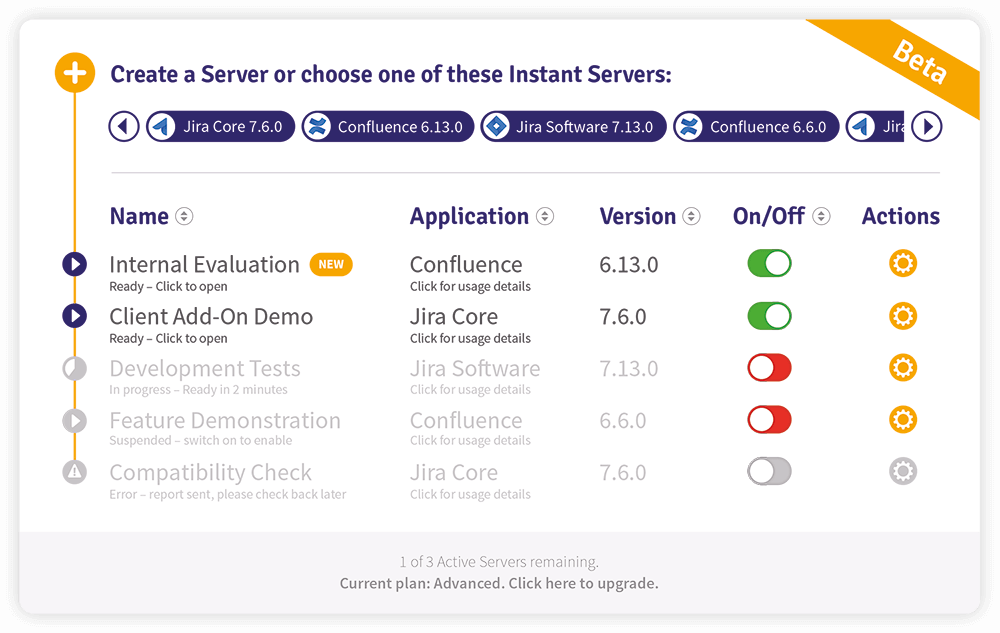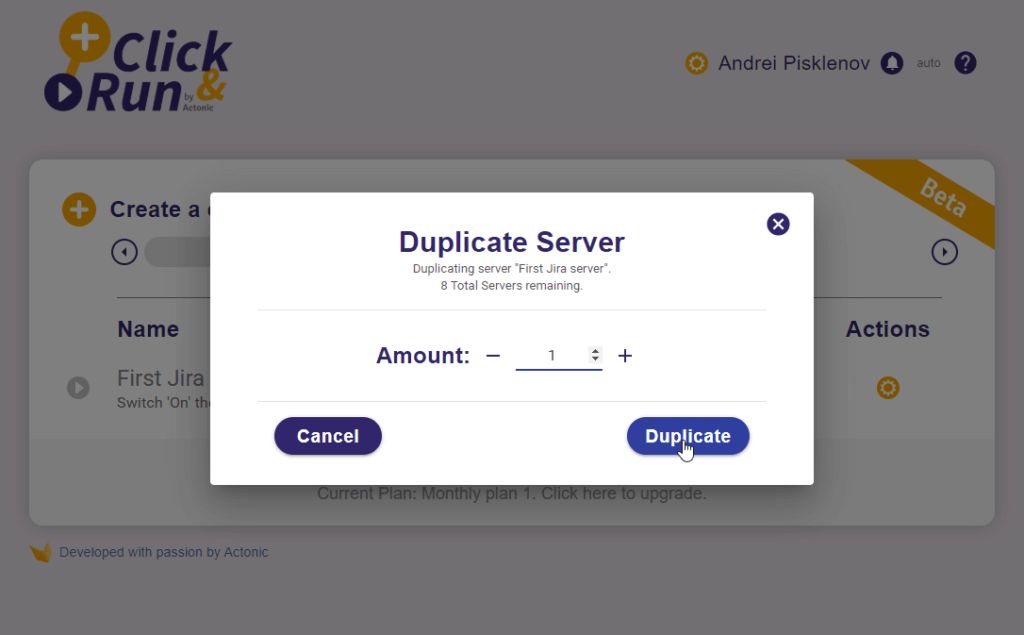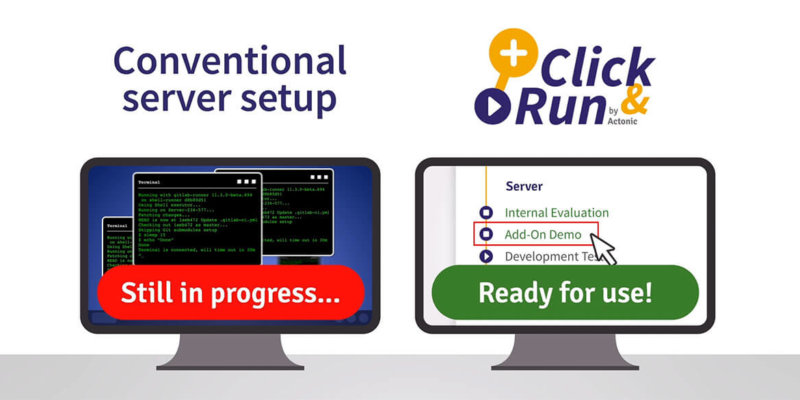5 ways to be a more efficient Atlassian Marketplace Vendor
First, some statistics: over 600,000 people visited the Atlassian Marketplace website in May-October 2019 and spent on average 4 minutes per visit. The majority of these people were looking for a particular solution to optimize their Jira, Jira Service Desk, Confluence, or BitBucket for specific business purposes. The choice of add-ons is overwhelming. Currently, the marketplace offers more than 1,400 server hosted apps for Jira, more than 800 – for Jira Service Desk and more than 800 for Confluence (apart from add-ons for less popular products), and this market is constantly growing to meet the demand.
What is a marketplace vendor?
Marketplace vendors present products and update versions of existing add-ons in a tight competitive environment, where making quick decisions, being flexible and adaptive are the key elements of keeping afloat. In this article, we would like to share our experience in optimizing testing and interaction with clients (demonstration and training), which will be particularly useful for small teams and companies that have only recently entered the Atlassian Marketplace and are making their first steps on the way to success.
# 1 Be ready to give a demo of your add-on anytime and anywhere
Imagine that you need to demonstrate how your add-on works to 2 important clients within 1 day. The schedule is tight, but the clients have different Jira versions and want to be sure that your add-on will work properly within their environment. Challenging, isn’t it? And how about 3 or 4 clients a day per one salesperson? Almost impossible. Making requests for separate servers, preparing the environment, setting everything up, diving into chaos – these are some of the problems you are facing. Wouldn’t it be great if you didn’t have to depend on DevOps, Linux administrators, and other decision-makers within your company? Impossible, you say? However, we have a solution – a one-click tool allowing you to create servers with various Jira and Confluence versions within seconds. All you need is just to install your add-on and everything is ready for demonstration – as easy as that.

# 2 Check compatibility with the latest version of Jira or Confluence right after its release
Atlassian is generous for new releases. Unfortunately, not all companies have an opportunity to test the compatibility of their add-on with a new Jira version within days (or even hours) after its release. The standard process of server creation takes time, and every additional approval required within IT infrastructure delays the testing even more.
We use a tool that was created for instant testing to eliminate unnecessary approvals schemes and bureaucracy. It allows you to instantly check the compatibility of add-ons with the newest Jira and Confluence versions and, what is equally important, to test the latest Jira and Confluence versions themselves, which can help make important business decisions and adapt the development strategy.
Tip: Click & Run also enables you to test the features of other add-ons, and their versions without compromising the security of your own infrastructure.
# 3 Adapt your add-on to the lowest versions of Jira
In over 20 years in Consulting, we’ve seen various IT infrastructures, within which it could take from several days to several months for software upgrades to be approved. Some companies patiently wait for new Enterprise Release versions, while others take a more flexible approach and upgrade to each new Jira release. There are also businesses that don’t upgrade at all for several years, because they are either satisfied with what they have or operate on a tight budget. Consider all these customer types and make your add-on compatible with as many previous Jira versions as you can.
Tip: you don’t need to create servers and install all Atlassian releases; just make a quick check of the compatibility of your add-on with various Jira and Confluence versions using Click & Run.
# 4 Appreciate every customer and especially bug reporters
Being an Atlassian marketplace vendor, we bear a responsibility for taking care of our clients and it means that if they face any problem while working with our plugin we need to fix the bug or find a solution as soon as possible not to lose their trust. Stay in contact with each of your customers, be thankful for any feedback you receive.
If your add-on has been reported to malfunction, analyze how much resources and time it will require to fix it and inform the client as soon as you can. However, sometimes it’s not easy to get the whole picture, especially if a client has a specific Jira or Confluence version. If you need to quickly reproduce the problem, you can use Click & Run and in just one click create a server with the same version as the client has.
# 5 Teach your customers how to use your add-on
Having good documentation with multiple use cases is a must, short demo videos – an advantage. However, many clients do not have the time to read the documents properly, and those who make decisions and purchases are often not the ones who will then use the functionality. Offering training to your customer’s employees is a good way to get direct feedback and improve the quality of your add-ons usage. The better your clients understand how it works and all its possibilities the more satisfied they are and the more likely they are to recommend it.
Be ready to organize training anytime and anywhere (see the first paragraph). Use specific tools, like Click & Run, for server creation, duplication, and removal, be mobile and don’t waste your time on similar projects – copy servers with the whole content. It may sound incredible, but it is possible to create a server (let’s call it a “source server”), fill it with data and set all the configuration for training (only once!), than duplicate the server with all the settings, apps, data and configuration, do the training for one client using the copied version, delete it, then duplicate the “source server” again with already prepared settings, apps, data and configuration and do the training for another client.
With Click & Run you can just click “Duplicate” and within seconds you will have a fully prepared server to train a new client. It means that you can do multiple trainings for an unlimited number of clients and be superefficient. We know it’s possible, we’ve checked it.

We use all these tips ourselves and can confirm that they work. Of course, there are many other ways to optimize processes and we would be glad if you shared your own experience with us. What other tips can you give?
P.S. We hope it was useful and are looking forward to your questions and comments.

